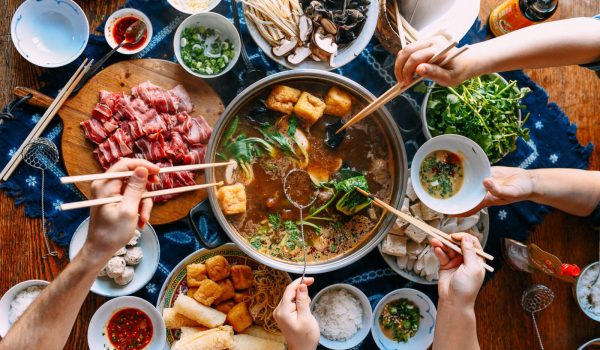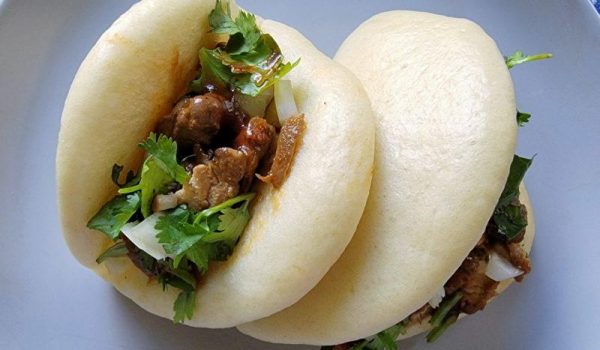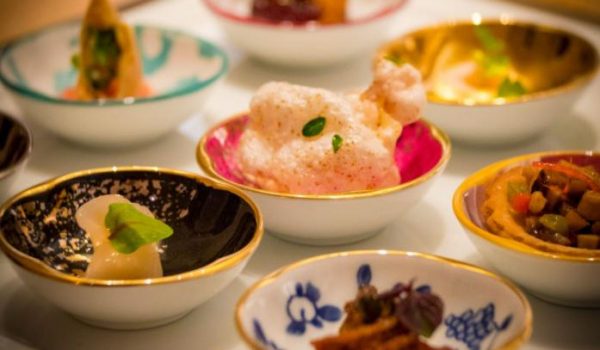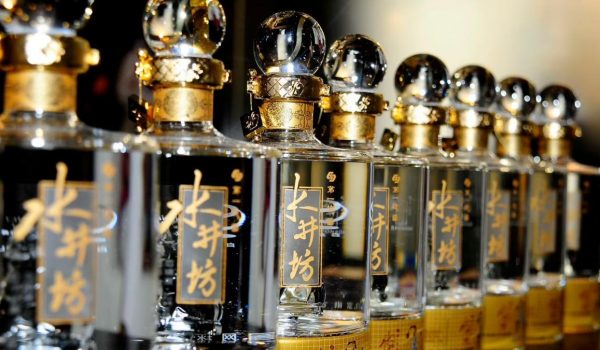The foundation of any Chinese meal is rice. It is considered more than just a side dish as it might be for most Western meals. Meat and vegetables dishes revolve around rice. It is also usually eaten during all three meals in a day. Even the Chinese term for meal translates to cooked rice or “fàn”.
Rice has been grown in China as early as 10,000 years ago, mostly in the southern regions as the climate is more favorable for cultivation. The warmer weather allows for two harvests per year.
Rice is categorized into three types – short, medium, and long grain, with long grain being the most commonly prepared in China. Jasmine rice is considered a long grain variety and originates from Thailand but is also popular in Chinese cooking. Medium grain rice possesses a softer kernel and the majority of what is harvested is milled into rice flour. And short grain is more prevalent in Japanese cooking. However, it is ideal for making congee (rice porridge).
In China, the texture of traditional cooked rice should be fluffy and the grains of rice should be distinct and separate from each other so that it maintains its bite. This also lends a good chew to fried rice.
Glutinous (or sweet) rice, which can either be short or long grain, has the texture its name implies. It is prepared in some very beloved dishes – nuo mi fan, sticky rice with a variety of ingredients including pork belly and mushrooms, zongzi, the Chinese version of a tamale, an envelope of bamboo or other type of leaf stuffed with a savory or sweet rice filling, and ba bao fàn, or Eight-Treasure Rice – a steamed large rice dome containing eight types of fruits and nuts, served during Chinese New Year or at a banquet.
Rice can also be used as a seasoning for meats as well. Roasted rice is a blend of dry-roasted short-grain rice with Sichuan peppercorns.
Sizzling rice dishes are another example of rice’s versatility in terms of texture. The overcooked kernels at the bottom of the pot in which it is cooked is then deep-fried. As hot soup is poured over it, the rice yields a hissing sound.
Although white rice is still the most widely consumed, other color varieties are also grown in China. Red rice, which is usually fermented is used more for coloring, in char siu pork, Peking Duck, and pastries. Brown rice and black rice have become more popular recently due to their health benefits.
Rice in Chinese cookery finds its way into everything, whether it is traditional steamed rice, a seasoning blend, a classic fried rice, or a steamed aromatic dessert. Also, prepared in different techniques such as roasting, fermenting, or frying, showcases its versatility and complexity.
Explore and you’ll find your perfect rice at China Live, join us in the adventure.







